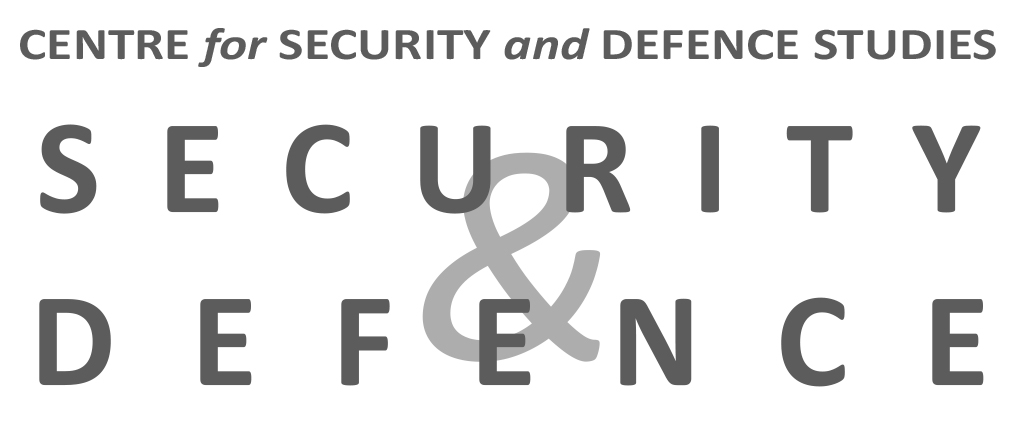
In the last two decades, unmanned aerial systems (UASs), more commonly known as ‘drones’, have become an integral part of armed conflicts. In many of them, such as the Nagorno-Karabakh conflict or the recent Russian invasion of Ukraine, UASs are claimed to have had a profound impact on the developments on the battlefield. But to what extent is this true? And if so, what are the implications for the Belgian Defence? In this paper, past and recent conflicts as well as counterinsurgency operations are first analysed to assess the performance of UASs on the battlefield under different conditions. Second, the global UAS capability is evaluated, showing the rapid and wide-scale proliferation of advanced UASs. Belgium’s UAS capability is also addressed, with a special focus on how the different military components use UASs and on the biggest challenges that prevent the Belgian Defence from developing this capability further. Third, some of the major UAS constraints are discussed, namely the state of play of counter-UAS technology, the aspects of military and public perception and finally, legislation. This analysis concludes with recommendations for the Belgian Defence. UAS technology is evolving rapidly and the only way for Belgium to remain resilient against this potential threat is to keep its technological edge by quickly responding to the emerging developments and gaps in this field.
Download the Focus Paper 46Research lines: Defence capabilities and technologies; Threats, challenges and strategic responses; Eurasia; Belgium
Source photo: BE Defence

Focus Paper 46
Can unmanned aerial systems be a
“game changer” in modern warfare?
Effects and efficacy of unmanned aerial
warfare in armed conflicts
